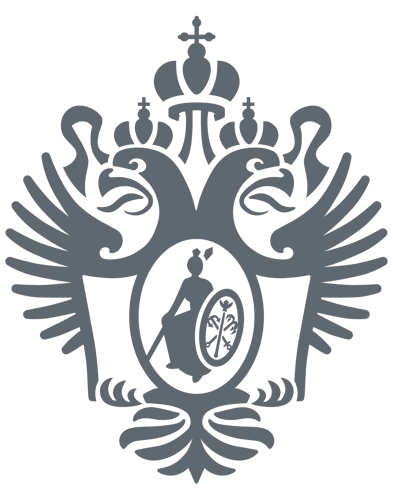Analytical ultracentrifugation is a classical method of research in biochemistry, molecular biology and polymer physics. During centrifugation, the process of sedimentation (precipitation) occurs (deposition of macromolecules and/or colloidal particles in solution under the influence of centrifugal forces). Ultracentrifuge was created by Swedish physical chemist Nobel Prize winner T. Svedberg specifically to create bigger, than gravity, the sedimentation force to affect the particles dissolved in the solution. This experimental setup consists of a rotor that spins around its axis with high constant speed, the cell with solution which is placed at the distance from the rotation axis. Centrifugal force directed radially from the axis of rotation, resulting in the motion of the particles and the velocity of the particles sedimentation in solution allows to estimate their molecular weight.
Sedimentation can be used to analyze the behavior of almost all solutions in terms of their concentration, molecular weight of the studied molecules and the used solvent. It is also should be mentioned that the analytical ultracentrifugation is non-destructive, rapid and relatively simple method for studying solutions.
The experimental setup acquired for RC "Center diagnostic of functional materials for medicine, pharmacology and nanoelectronics" allows to study velocity sedimentation on 4 holes titanium rotor (3 samples and a counterweight).


Fig.
On the left is a perspective view of Beckman Analytical Centrifuge (ProteomeLab™ XL-I Protein Characterization System), on the right is a schematic representation of the 4-holes rotor. The centrifuge has two built in optical systems (interference and absorption) to register the concentration distribution of dissolved matter in the cell with time during sedimentation. The result of the experiment is a series of concentration profiles as a function of time from the start of centrifugation. As experiment is over the processing of acquired data provides a differential distribution of the matter mass fraction on the sedimentation coefficient, afterall it is possible to estimate the average value of sedimentation coefficient of the studied solution.
1. Specifications of analytical centrifuge (ProteomeLab™ XL-I Protein Characterization System):
1.1. Maximum speed – 40 000 rpm;
1.2. The maximum acceleration – 200.000 g;
1.3. The minimum volume – 0.45 ml of solution / sector;
1.4. Sample temperature is controlled in the range: the lower boundary of 0oC, the upper limit of 40oC.
2. Characteristics of the optical system to measure the absorption in the UV and visible range:
2.1. The change in wavelength is possible in the range: lower limit – 190 nm and upper limit – 800 nm;
2.2. Optical density range – 0-3 absorbance units;
2.3. In the radial scan measurement results are presented as a graph of the optical density, containing 1650 data points per scan, adjustable shift of the radial coordinate is in the range 0.01-0.1 mm;
2.4. Measurement time of absorption is up to 20 ms.
3. Interference characteristics of the optical system:
3.1. Laser wavelength is 660 nm;
3.2. Installed camera resolution is 2048 x 96 pixels;
3.3. The scan time – 5 s.
3.4. Interferometer error is not exceeding 0.003 fringe.



